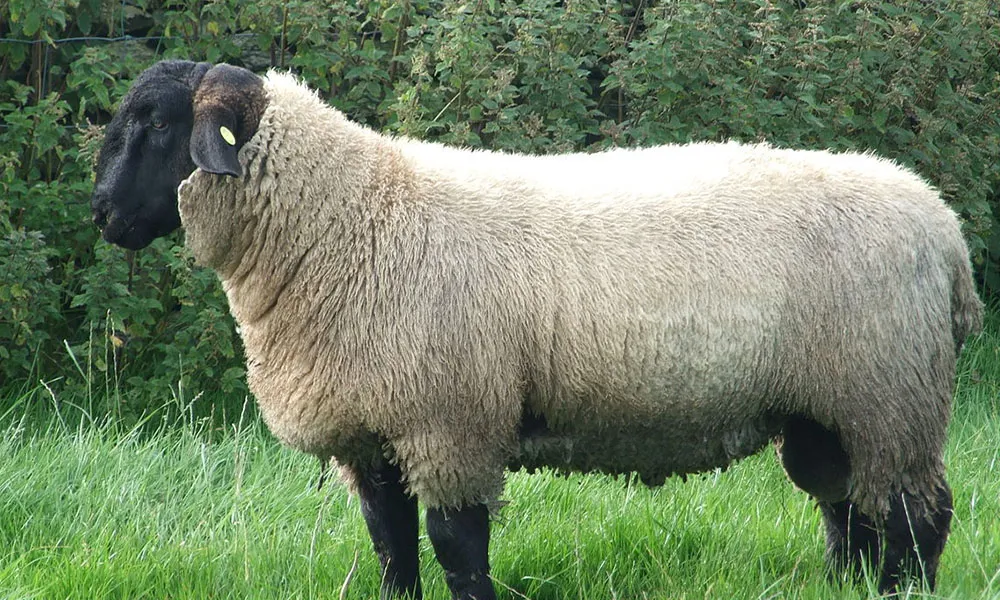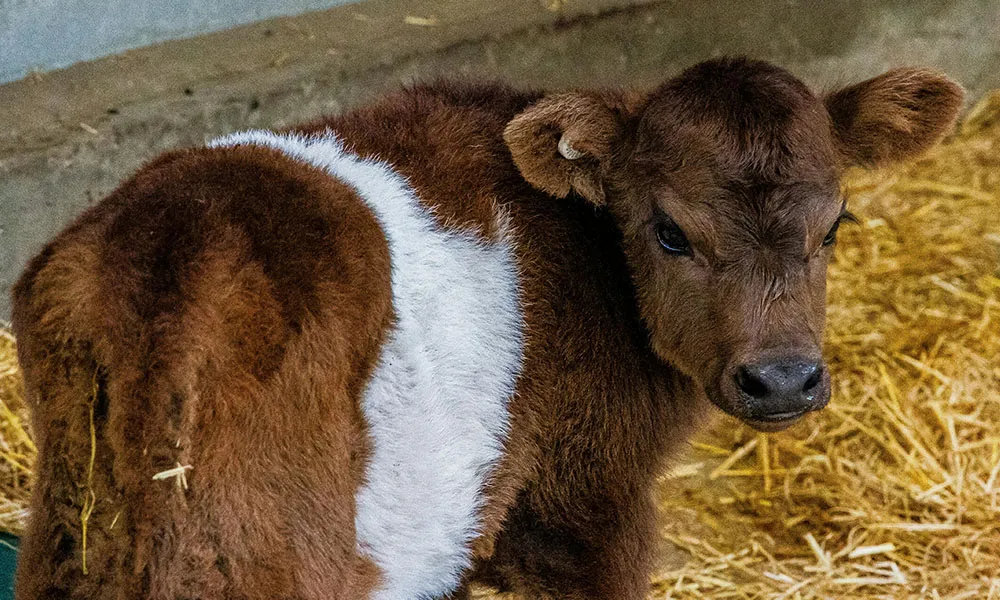
An Essential Part of All Sheep Systems
With tupping season now clearly on the horizon, many of us will turn our attention to purchasing a breeding ram. Choosing the right ram is essential to all sheep breeding systems. An old German proverb maintains that the ram is half the flock, and there is plenty of truth in that. At any rate, you will have no lambs in the spring unless you have a strong, healthy ram in the autumn.
The right choice of ram will help to improve overall flock performance and profitability over the next few years. For this reason, you will need to be astute when making a purchase. In the following sections, we examine the key criteria you will need to consider when going to market for the next sire of your flock.
Maternal and Terminal Traits
In terms of choosing the breed of your ram, it is important to consider the estimated breeding values of the various breeds. Think about the traits you are looking to breed into the flock and make your decision accordingly. Remember that some breeds have excellent maternal and lamb survival qualities; others have very strong terminal traits but may be less hardy. This decision should be made in accordance with the kind of land you are farming. For example, a lot of the best terminal breeds like Texels and Suffolks, while providing the largest lamb carcasses, tend to struggle on hill farm systems where the quality of ground is poor. In contrast, Cheviots, Scottish Blackfaces and Lleyns do very well on this type of ground.
Ram Body Condition Score
Ideally, you want a breeding ram to be fit but not fat. If the ram is too fat when put to the ewes, he will struggle to cover the flock due to lack of physical fitness. Excess fat can also compromise fertility.
In just the same way, you don't want a ram to be too thin. Tupping season places extreme pressure on a ram's reserves (he eats far less than he normally would, because he is distracted by so many on-heat ewes!). Therefore, he needs to have sufficient body weight to get him through several weeks of undereating. The recommended BCS for a ram at the start of the season is 3.5 - 4. In my opinion, 4 is preferable, particularly where ground is poor.
General Health Assessment
Before buying a ram, you should carry out a general assessment of his physical health and fitness. This assessment should include examination of the following:
Teeth and mouth: The condition of the teeth and mouth is an important indicator of ram fitness and health. You should make sure that teeth are not damaged or missing. In addition, check that there are no lumps on the gums, as these may be an indicator of abscess or tooth rot.
Neck/head/shoulders: Carefully examine these areas for signs of wounds, which may indicate that he has been fighting. Lumps and bumps around the neck may be cause for serious concern, as they can indicate Caseous Lymphadenitis or an underlying infection that has caused the lymph nodes to swell.
Penis/sheath: That the condition of the penis is an important indicator of ram suitability goes without saying. Check for signs of infection around the sheath in particular.
Legs and feet: Infections of the hoof - such as foot rot - are very common in sheep in the autumn. Buying a ram with chronic hoof conditions is a recipe for disaster, so make sure that the ram you want to purchase has clean hooves.
Testicles: Check the condition of the testicles, making sure that they are large and firm, but springy too. Small testes may indicate infertility, while lumps may indicate malignancy or another health issue that will compromise the ram's ability to sire lambs.
Cover Photo Credit: Suffolk Ram. Licensed under Creative Commons Attribution-Share Alike 3.0 Unported. Credit J gareth p at the English Wikipedia










